Pythonpdfbox初始化报错解决方法
时间:2025-07-25 10:00:34 122浏览 收藏
有志者,事竟成!如果你在学习文章,那么本文《Python pdfbox初始化崩溃解决方法》,就很适合你!文章讲解的知识点主要包括,若是你对本文感兴趣,或者是想搞懂其中某个知识点,就请你继续往下看吧~
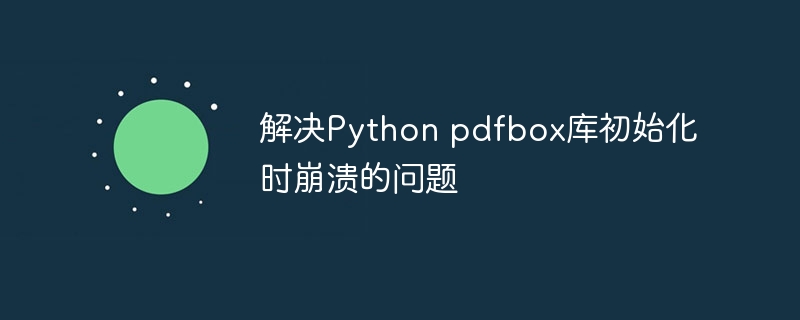
本文旨在帮助解决在使用Python的pdfbox库时遇到的初始化崩溃问题。pdfbox是Apache PDFBox的Python封装,用于处理PDF文件。本文将详细介绍可能导致崩溃的原因,并提供一系列解决方案,包括检查Java版本兼容性、验证库安装、配置Classpath、添加错误处理以及确认Java路径设置,以确保pdfbox库能够成功初始化并正常运行。
常见问题与解决方案
在使用Python的pdfbox库时,如果遇到初始化时Python解释器直接退出的情况,通常表明存在一些底层配置问题,影响了Python与Java之间的交互。pdfbox库本质上是Apache PDFBox的Python封装,因此需要正确配置Java环境才能正常工作。以下列出一些常见原因及相应的解决方案:
1. Java版本兼容性
确保你的Java版本与pdfbox库兼容。虽然较新的JDK版本(如JDK 17)通常可以工作,但最好查阅pdfbox库的官方文档或相关资料,确认其推荐或支持的Java版本。不兼容的Java版本可能导致初始化失败。
2. 库安装验证
首先,确认pdfbox库已正确安装。使用pip show pdfbox命令可以查看已安装的pdfbox库的信息,包括版本号、安装路径等。
pip show pdfbox
如果未安装,请使用以下命令安装:
pip install pdfbox
3. Classpath配置
pdfbox库依赖于pdfbox-app.jar文件,该文件包含了PDFBox的所有功能。确保该JAR文件位于Classpath中。虽然设置了PDFBOX环境变量,但也可以尝试在Python脚本中显式添加Classpath:
import sys
sys.path.append(r'D:\Python_385\pdfbox\pdfbox-app-2.0.21.jar') # 替换为你的JAR文件路径
import pdfbox
try:
p = pdfbox.PDFBox()
print("pdfbox initialized successfully!")
except Exception as e:
print("An error occurred:", e)注意: 将D:\Python_385\pdfbox\pdfbox-app-2.0.21.jar替换为你实际的pdfbox-app.jar文件路径。
4. 错误处理
使用try-except块捕获可能出现的异常,可以帮助你定位问题:
try:
import pdfbox
p = pdfbox.PDFBox()
except Exception as e:
print("An error occurred:", e)通过打印异常信息,可以更清晰地了解初始化失败的原因。
5. Java路径验证
确保Java可执行文件(java.exe)位于系统的PATH环境变量中。在命令行中运行java -version,如果能够正确显示Java版本信息,则说明Java路径配置正确。如果提示找不到命令,则需要将Java的bin目录添加到PATH环境变量中。
例如,如果Java安装在C:\Program Files\Java\jdk1.8.0_271目录下,则需要将C:\Program Files\Java\jdk1.8.0_271\bin添加到PATH环境变量。
总结
pdfbox库的初始化问题通常与Java环境配置有关。通过检查Java版本兼容性、验证库安装、配置Classpath、添加错误处理以及确认Java路径设置,可以解决大部分初始化崩溃的问题。如果问题仍然存在,建议查阅pdfbox库的官方文档或寻求社区支持,提供更详细的错误信息,以便获得更精准的帮助。
到这里,我们也就讲完了《Pythonpdfbox初始化报错解决方法》的内容了。个人认为,基础知识的学习和巩固,是为了更好的将其运用到项目中,欢迎关注golang学习网公众号,带你了解更多关于的知识点!
-
501 收藏
-
501 收藏
-
501 收藏
-
501 收藏
-
501 收藏
-
422 收藏
-
345 收藏
-
253 收藏
-
263 收藏
-
362 收藏
-
297 收藏
-
195 收藏
-
339 收藏
-
245 收藏
-
211 收藏
-
204 收藏
-
147 收藏
-
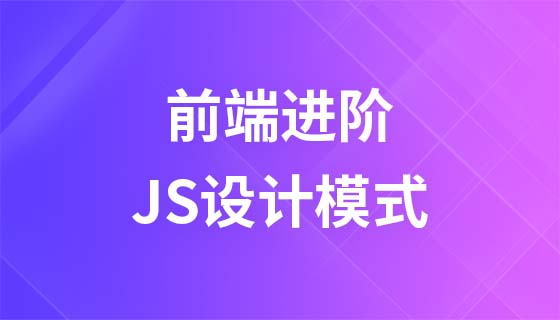
- 前端进阶之JavaScript设计模式
- 设计模式是开发人员在软件开发过程中面临一般问题时的解决方案,代表了最佳的实践。本课程的主打内容包括JS常见设计模式以及具体应用场景,打造一站式知识长龙服务,适合有JS基础的同学学习。
- 立即学习 543次学习
-
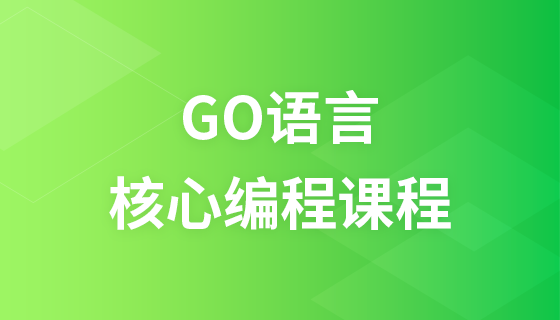
- GO语言核心编程课程
- 本课程采用真实案例,全面具体可落地,从理论到实践,一步一步将GO核心编程技术、编程思想、底层实现融会贯通,使学习者贴近时代脉搏,做IT互联网时代的弄潮儿。
- 立即学习 516次学习
-
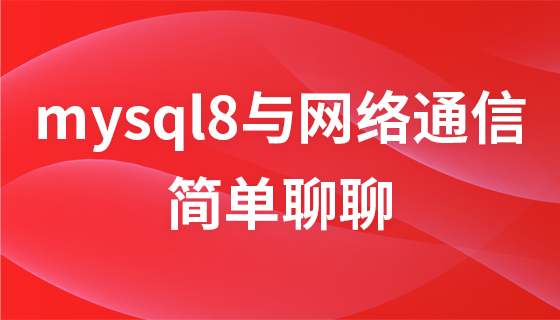
- 简单聊聊mysql8与网络通信
- 如有问题加微信:Le-studyg;在课程中,我们将首先介绍MySQL8的新特性,包括性能优化、安全增强、新数据类型等,帮助学生快速熟悉MySQL8的最新功能。接着,我们将深入解析MySQL的网络通信机制,包括协议、连接管理、数据传输等,让
- 立即学习 500次学习
-
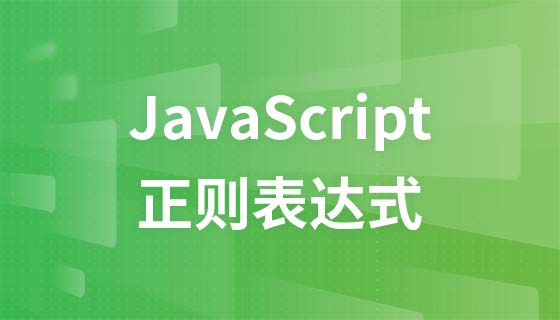
- JavaScript正则表达式基础与实战
- 在任何一门编程语言中,正则表达式,都是一项重要的知识,它提供了高效的字符串匹配与捕获机制,可以极大的简化程序设计。
- 立即学习 487次学习
-
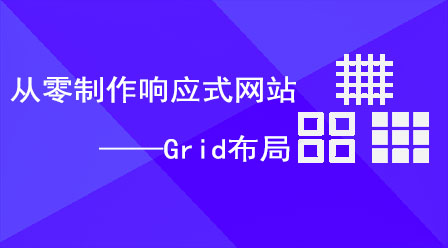
- 从零制作响应式网站—Grid布局
- 本系列教程将展示从零制作一个假想的网络科技公司官网,分为导航,轮播,关于我们,成功案例,服务流程,团队介绍,数据部分,公司动态,底部信息等内容区块。网站整体采用CSSGrid布局,支持响应式,有流畅过渡和展现动画。
- 立即学习 485次学习
